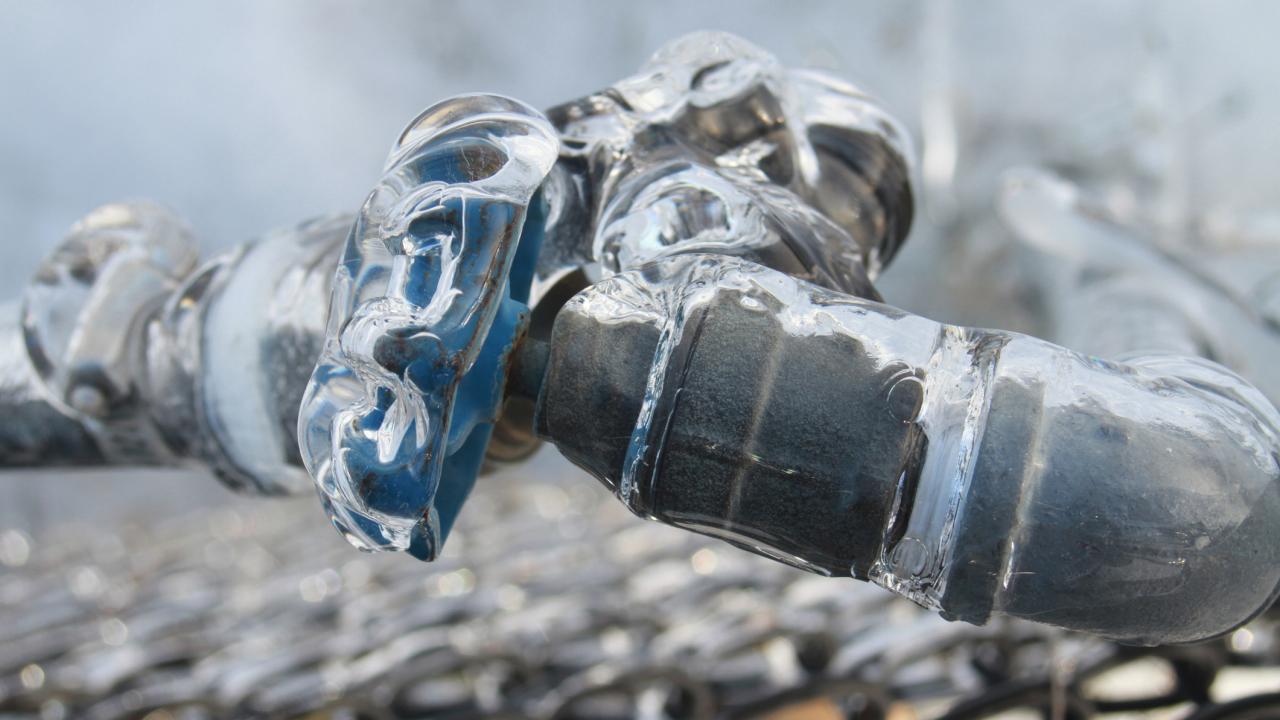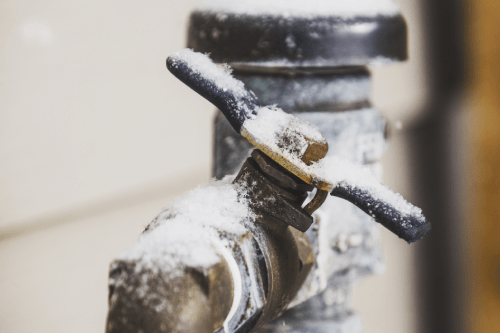Protecting Pipes from Cold Weather Damage: Essential Approaches
Protecting Pipes from Cold Weather Damage: Essential Approaches
Blog Article
The article below involving How To Avoid Freezing Pipes is truly enjoyable. Check it out for yourself and decide what you think of it.

Winter can damage your plumbing, specifically by freezing pipelines. Below's just how to prevent it from occurring and what to do if it does.
Introduction
As temperatures drop, the threat of icy pipes increases, possibly leading to pricey repairs and water damages. Recognizing how to stop frozen pipelines is vital for home owners in cool environments.
Prevention Tips
Insulating vulnerable pipelines
Wrap pipes in insulation sleeves or utilize warmth tape to protect them from freezing temperatures. Concentrate on pipes in unheated or external locations of the home.
Heating techniques
Keep interior spaces effectively heated, especially areas with plumbing. Open up cupboard doors to permit cozy air to distribute around pipelines under sinks.
Exactly how to recognize icy pipelines
Search for decreased water flow from faucets, uncommon smells or sounds from pipes, and visible frost on revealed pipes.
Long-Term Solutions
Architectural changes
Consider rerouting pipes away from exterior walls or unheated locations. Add extra insulation to attic rooms, basements, and crawl spaces.
Updating insulation
Purchase top notch insulation for pipelines, attics, and walls. Correct insulation helps maintain consistent temperature levels and reduces the threat of icy pipelines.
Shielding Outside Pipes
Yard pipes and exterior faucets
Disconnect and drain pipes yard hose pipes prior to wintertime. Install frost-proof faucets or cover exterior faucets with shielded caps.
Comprehending Icy Pipes
What creates pipes to freeze?
Pipes freeze when exposed to temperatures listed below 32 ° F (0 ° C) for extended durations. As water inside the pipelines freezes, it expands, taxing the pipeline walls and potentially causing them to break.
Dangers and damages
Icy pipes can bring about water system disturbances, building damages, and expensive repair work. Ruptured pipes can flooding homes and create substantial architectural damage.
Signs of Frozen Pipeline
Determining frozen pipes early can avoid them from rupturing.
What to Do If Your Pipes Freeze
Immediate actions to take
If you suspect frozen pipes, keep taps open to soothe stress as the ice thaws. Use a hairdryer or towels taken in warm water to thaw pipelines gradually.
Conclusion
Stopping frozen pipes needs aggressive steps and fast responses. By understanding the reasons, signs, and preventive measures, homeowners can secure their pipes during cold weather.
6 Proven Ways to Prevent Frozen Pipes and Protect Your Home
Disconnect and Drain Garden Hoses
Before winter arrives, start by disconnecting your garden hoses and draining any remaining water. Close the shut-off valves that supply outdoor hose bibs and leave the outdoor faucet open to allow any residual water to drain. For extra protection, consider using faucet covers throughout the colder months. It’s also important to drain water from any sprinkler supply lines following the manufacturer’s directions.
Insulate Exposed Pipes
Insulating your pipes is an effective way to prevent freezing. Pipe insulation is readily available at home improvement stores and is relatively inexpensive. Pay close attention to pipes in unheated areas such as the attic, basement, crawl spaces, or garage. Apply foam insulation generously to create a buffer against the cold. You can also wrap your pipes in heat tape or thermostat-controlled heat cables for added warmth.
Seal Air Leaks
Inspect your home for any cracks or openings that could let in cold air. Seal any holes around the piping in interior or exterior walls, as well as the sill plates where your home rests on its foundation. Additionally, make sure to keep your garage door closed unless you’re entering or exiting. Leaving it open creates a significant air leak that can lead to frozen pipes.
Allow Warm Air Circulation
During cold snaps, it’s essential to allow warm air to circulate evenly throughout your home. Leave interior doors ajar to promote better airflow. Open kitchen and bathroom cabinets to help distribute heat consistently around the rooms. If you have small children or pets, be sure to remove any household chemicals or potentially harmful cleaners from open cabinets for safety.
Let Faucets Drip
A small trickle of water can make a big difference in preventing ice formation inside your pipes. When temperatures drop significantly, start a drip of water from all faucets served by exposed pipes. This continuous flow helps prevent the water from freezing. Additionally, running a few faucets slightly can relieve pressure inside the pipes, reducing the chances of a rupture if the water inside does freeze.
https://choateshvac.com/6-proven-ways-to-prevent-frozen-pipes-and-protect-your-home/

Do you enjoy reading up on How to Prevent Your Pipes From Freezing? Place a short review down below. We'd be happy to find out your thinking about this write-up. Hoping that you come back again soon. Kindly take a moment to promote this article if you enjoyed reading it. We truly appreciate reading our article about Helpful Tips to Prevent Frozen Pipes this Winter.
This Post Report this page